Table of Contents
- Understanding Energy Efficiency in Ethernet Technology
- Key Benefits of Implementing Energy Efficient Ethernet Standards
- Best Practices for Designing Energy Efficient Network Infrastructures
- Choosing the Right Equipment for Maximum Energy Savings
- Future Trends in Energy Efficient Ethernet Solutions
- Q&A
- The Conclusion


Understanding Energy Efficiency in Ethernet Technology
As Ethernet technology continues to evolve, energy efficiency has become a critical factor for both businesses and consumers. With data rates pushing into the gigabit range and beyond, the power consumption associated with network infrastructure can significantly impact operating costs and environmental sustainability. Modern Ethernet standards prioritize energy-saving features that help to minimize power usage without compromising performance. Key technologies include Energy Efficient Ethernet (EEE), which dynamically adjusts power consumption based on traffic load, and advanced power management protocols that strategically reduce energy use when devices are idle.
To further enhance energy savings, various hardware innovations have emerged. These include low-power chips and optimized switching architectures designed specifically for energy efficiency. Many switches and routers now come equipped with features such as automatic port shutdown and link aggregation, allowing for multiple connections to be managed more effectively while reducing overall energy consumption. By selecting the right equipment, organizations can achieve significant power savings while maintaining network reliability and speed.
When considering energy efficiency, it is essential to evaluate key performance metrics. The following table highlights several Ethernet standards alongside their average power consumption and data rates:
| Ethernet Standard | Average Power Consumption (W) | Data Rate (Gbps) |
|---|---|---|
| 100BASE-TX | 1-2 | 0.1 |
| 1000BASE-T | 3-4 | 1 |
| 10GBASE-T | 5-10 | 10 |
| 25GBASE-T | 9-11 | 25 |
| 40GBASE-T | 35-37 | 40 |
Investing in energy-efficient Ethernet technology not only helps reduce costs but also supports broader sustainability goals. By utilizing network equipment with energy-saving features and adhering to emerging standards, organizations can contribute to a greener future while enjoying high-performance and reliable network connectivity.
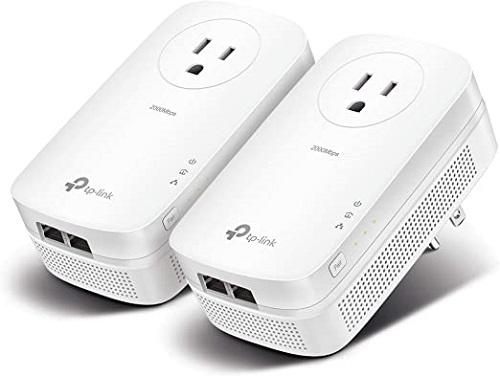

Key Benefits of Implementing Energy Efficient Ethernet Standards
Implementing energy-efficient Ethernet standards offers significant advantages for businesses seeking to optimize their network infrastructure. One of the most impactful benefits is reduced energy consumption. By utilizing advanced technology to lower power usage during periods of inactivity, organizations can achieve substantial cost savings on their energy bills. This not only positively affects the bottom line but also contributes to corporate sustainability goals by minimizing the carbon footprint associated with network operations.
Another compelling advantage is the potential for enhanced network performance. Energy-efficient Ethernet standards facilitate smooth operation of devices without compromising speed or reliability. This optimized performance is crucial in environments reliant on large data transfers and high-volume communications, ensuring that systems run efficiently without unnecessary power draw. As a result, businesses can maintain a high standard of service quality while simultaneously reaping the economic benefits of energy savings.
Furthermore, adopting these standards can significantly improve device longevity. By reducing thermal output and conserving electrical energy, network equipment experiences less strain, leading to longer lifespans and lower maintenance costs. This less frequent need for replacements not only conserves resources but also allows for a more predictable budget concerning IT expenditures. To illustrate the impact, consider the following table comparing traditional Ethernet standards with energy-efficient alternatives:
| Feature | Traditional Ethernet | Energy Efficient Ethernet |
|---|---|---|
| Power Consumption | Higher | Lower |
| Network Performance | Standard | Optimized |
| Device Longevity | Reduced | Increased |
| Cost Savings | Minimal | Significant |


Best Practices for Designing Energy Efficient Network Infrastructures
To achieve optimal energy efficiency in network infrastructures, it is crucial to integrate smart design principles right from the conception stage. One effective approach is to utilize modular networking equipment, allowing for scalability and flexibility. Such systems enable organizations to expand their capacities without overhauling existing setups, significantly reducing energy waste associated with unnecessary hardware. Additionally, configuring devices to enter low-power modes during periods of inactivity can lead to substantial reductions in overall energy consumption.
Implementing virtualization technologies can also play a significant role in enhancing energy efficiency. By consolidating servers and reducing the number of physical machines required, businesses can reduce energy costs and improve resource utilization. Moreover, leveraging cloud services can further optimize energy consumption as they often employ cutting-edge energy management techniques, which leads to a lower carbon footprint. It’s essential to analyze your network’s needs carefully, ensuring virtual environments are optimized for performance and energy savings.
Furthermore, network design should prioritize efficient cooling solutions and environmentally friendly materials. This can be achieved by using hot aisle/cold aisle containment strategies in data centers, which naturally enhance cooling efficiency and lower energy costs. Selecting energy-efficient cabling and equipment that comply with standards such as Energy Star or EPEAT can also contribute to an eco-friendly network infrastructure. Ensuring that maintenance schedules include regular assessments of energy consumption will help to identify areas for improvement and keep the infrastructure running efficiently.
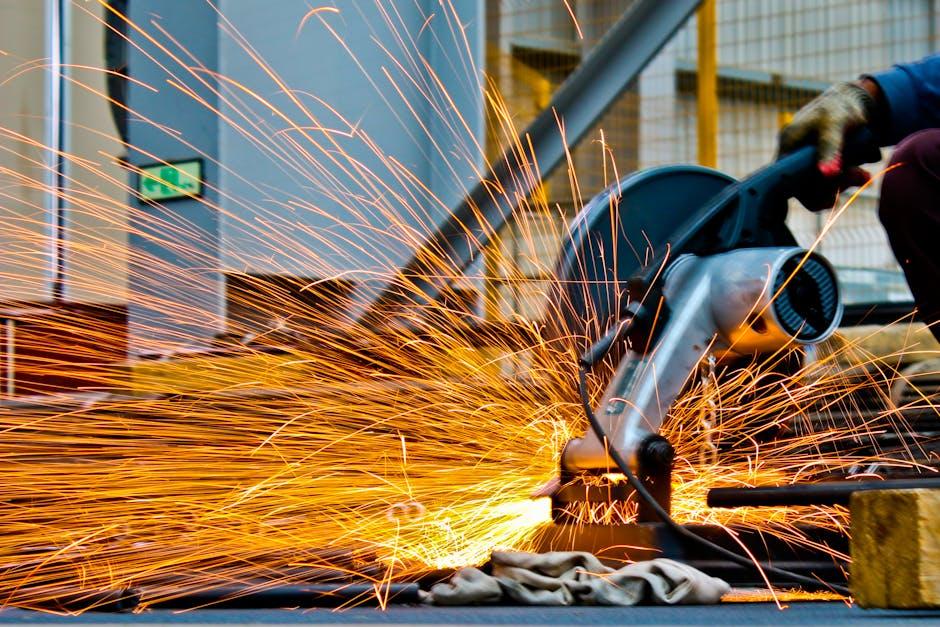

Choosing the Right Equipment for Maximum Energy Savings
Making informed decisions about your equipment can significantly enhance energy savings in your Ethernet network. Firstly, consider investing in energy-efficient routers and switches. Look for devices that are classified under Energy Star ratings or those that utilize advanced technologies like Power over Ethernet (PoE), which can reduce overall energy consumption by combining power and data through a single cable. Additionally, consider the lifespan and durability of the equipment; investing in higher-quality products may have a higher upfront cost but often leads to lower energy use and maintenance over time.
Another critical aspect to evaluate is network design. A well-structured network can minimize energy waste. This includes using managed switches that allow for the configuration of ports to shut down when not in use. Further, consider implementing network monitoring tools that can provide insight into energy use patterns and help identify areas where adjustments can be made for further savings. By regularly monitoring usage, you can ensure all equipment operates at maximum efficiency without unnecessary power draw.
Lastly, don’t overlook the importance of upgradeability and scalability in your equipment choices. Opt for devices that can easily integrate with upcoming technologies or can be upgraded with the latest features, ensuring that you won’t face obsolescence as your network needs grow. Below is a comparison table highlighting key features to consider when selecting your network equipment for optimal energy efficiency:
| Equipment Type | Energy Star Rated | Power Management Features |
|---|---|---|
| Routers | ✔️ | Automatic sleep mode |
| Managed Switches | ✔️ | Port shutdown capabilities |
| Access Points | ✔️ | Adaptive power control |
Future Trends in Energy Efficient Ethernet Solutions
As the demand for faster and more reliable networking solutions continues to rise, the push towards energy-efficient Ethernet technologies is becoming increasingly pronounced. One of the most significant future trends is the development of advanced power-saving techniques that optimize energy consumption without compromising performance. These techniques include innovations like adaptive power management, which allows devices to adjust their power usage based on real-time traffic conditions, significantly reducing unnecessary energy expenditure.
Another noteworthy trend is the integration of Higher Layer Protocols that enhance overall network efficiency. These protocols are designed to facilitate better data transmission rates while simultaneously lowering energy usage. By implementing features such as packet aggregation and dynamic link rate adjustments, networks can effectively manage bandwidth, contributing to energy savings. The rise of Internet of Things (IoT) devices also demands these smart Ethernet solutions, where energy efficiency becomes a crucial factor, leading to advancements in low-power modes for devices to remain connected with minimal energy consumption.
Furthermore, the exploration of green technologies in the Ethernet sphere is gaining traction. Companies are beginning to adopt sustainable practices in their product development, focusing on recyclable materials and reducing the carbon footprint of manufacturing processes. This sustainability trend extends into the design of Ethernet equipment itself, where innovations aim for reduced heat generation and improved energy efficiency ratings. The push for environmentally friendly solutions indicates a promising direction for Ethernet technology in the ongoing quest for energy efficiency.
Q&A
Q&A: Understanding Energy Efficiency in Ethernet Technology
Q1: What is energy-efficient Ethernet (EEE)?A1: Energy-efficient Ethernet (EEE) is a technology designed to reduce the power consumption of Ethernet devices during periods of low activity. By dynamically adjusting the power delivered to the Ethernet links, EEE helps decrease energy usage without sacrificing network performance.Q2: How does energy efficiency in Ethernet work?A2: Energy-efficient Ethernet operates by entering a low-power idle state when data transmission slows down. This “sleep mode” activates during periods of inactivity, allowing the devices to conserve energy while still maintaining their ability to quickly resume normal operation when needed.
Q3: What are the benefits of using energy-efficient Ethernet?A3: The primary benefits of EEE include reduced energy costs for network operation, lower carbon footprints for organizations, and less heat generation, which can enhance equipment lifespan. Additionally, many businesses prioritize sustainability, making EEE an attractive option for environmentally conscious organizations.
Q4: Who should consider implementing energy-efficient Ethernet solutions?A4: Any organization looking to improve its network efficiency and reduce energy consumption should consider EEE. This includes data centers, corporate offices, educational institutions, and even home networks where routers and switches support the technology.
Q5: Are there any compatibility issues when using energy-efficient Ethernet?A5: Most modern Ethernet devices are designed to support EEE; however, compatibility can vary. It’s essential to ensure that both the network devices (such as switches, routers, and network interface cards) and the cabling infrastructure are compatible with EEE standards. Always consult the manufacturer’s specifications before upgrading.
Q6: How can I identify if my Ethernet devices support energy efficiency?A6: To determine if your Ethernet devices support energy efficiency, check the product specifications or user manual for references to energy-efficient features like EEE compliance. Additionally, some manufacturers may include EEE in their marketing materials or product descriptions.
Q7: What are the future trends regarding energy efficiency in networking?A7: As technology advances, we expect to see more widespread adoption of energy-efficient methods, including EEE. Future trends may involve enhanced standards that improve upon current technologies, greater integration of energy management systems in networking equipment, and ongoing initiatives focused on sustainability in IT operations.
Q8: How does energy-efficient Ethernet contribute to broader sustainability goals?A8: By reducing power consumption and minimizing waste, energy-efficient Ethernet contributes significantly to sustainability goals. It aligns with global efforts to combat climate change, as it helps organizations lower their energy usage and associated greenhouse gas emissions, making it a step toward a more sustainable future.—This Q&A aims to provide a comprehensive overview of energy-efficient Ethernet, answering common questions while enhancing understanding of its significance in today’s tech landscape.

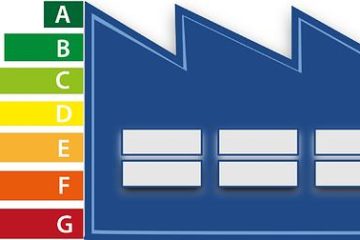
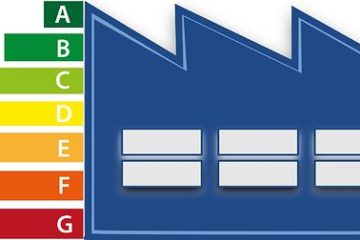
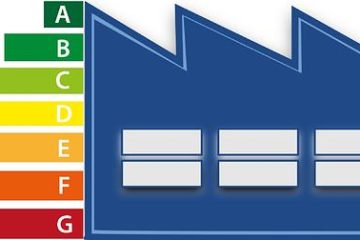
0 Comments